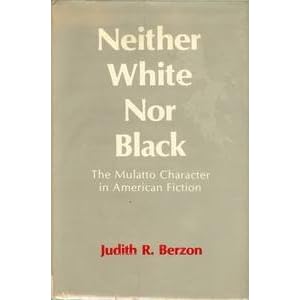Racial Theories in Context (Second Edition)Posted in Anthologies, Books, Health/Medicine/Genetics, History, Law, Media Archive, Philosophy, Politics/Public Policy, Religion, Slavery, Social Science, United States on 2013-04-15 00:05Z by Steven |
Racial Theories in Context (Second Edition)
Cognella
2013
224 pages
Paperback ISBN: 978-1-60927-056-8
Edited by:
Jared Sexton, Associate Professor of African American Studies and Film & Media Studies
University of California, Irvine
This book presents a critical framework for understanding how and why race matters — past, present, and future. The readings trace the historical emergence of modern racial thinking in Western society by examining religious, moral, aesthetic, and scientific writing; legal statutes and legislation; political debates and public policy; and popular culture. Readers will follow the shifting ideological bases upon which modern racial theories have rested, from religion to science to culture, and the links between race, class, gender, and sexuality, and between notions of race and the nation-state.
The authors of Racial Theories in Context discuss the relationship of racial theories to material contexts of racial oppression and to democratic struggles for freedom and equality:
- First and foremost in this discussion is the vast system of racial slavery instituted throughout the Atlantic world and the international movement that sought its abolition.
- Continuing campaigns to redress racial divisions in health, wealth, housing, employment, and education are also examined.
- There is a focus on the specificity of racial formation in the United States and the centrality of anti-black racism.
- The book also looks comparatively at other regions of racial inequality and the construction of a global racial hierarchy since the 15th century CE.
Contents
- Introduction / Jared Sexton
- A Long History of Affirmative Action—For Whites / Larry Adelman
- The Cost of Slavery / Dalton Conley
- Statement on Gender Violence and the Prison-Industrial Complex / INCITE! Women of Color Against Violence and Critical Resistance
- Introduction To Racism: A Short History / George M. Fredrickson
- Rape and the Inner Lives of Black Women in the Middle West / Darlene Clark Hine
- Understanding the Problematic of Race Through the Problem of Race-Mixture / Thomas C. Holt
- The Sexualization of Reconstruction Politics / Martha Hodes
- The Original Housing Crisis / Derek S. Hoff
- The American Dream, or a Nightmare for Black America? / Joshua Holland
- The Hidden Cost of Being African American / Michael Hout
- Slavery and Proto-Racism in Greco-Roman Antiquity / Benjamin Isaac
- Colorblind Racism / Sally Lehrman
- The Wealth Gap Gets Wider / Meizhu Lui
- Sub-Prime as a Black Catastrophe / Melvin L. Oliver and Thomas M. Shapiro
- Unshackling Black Motherhood / Dorothy E. Roberts
- Is Race -Based Medicine Good for Us? / Dorothy E. Roberts
- Understanding Reproductive Justice / Loretta J. Ross
- The History of the Idea of Race / Audrey Smedley
- The Liberal Retreat From Race / Stephen Steinberg
- “Race Relations” / Stephen Steinberg

